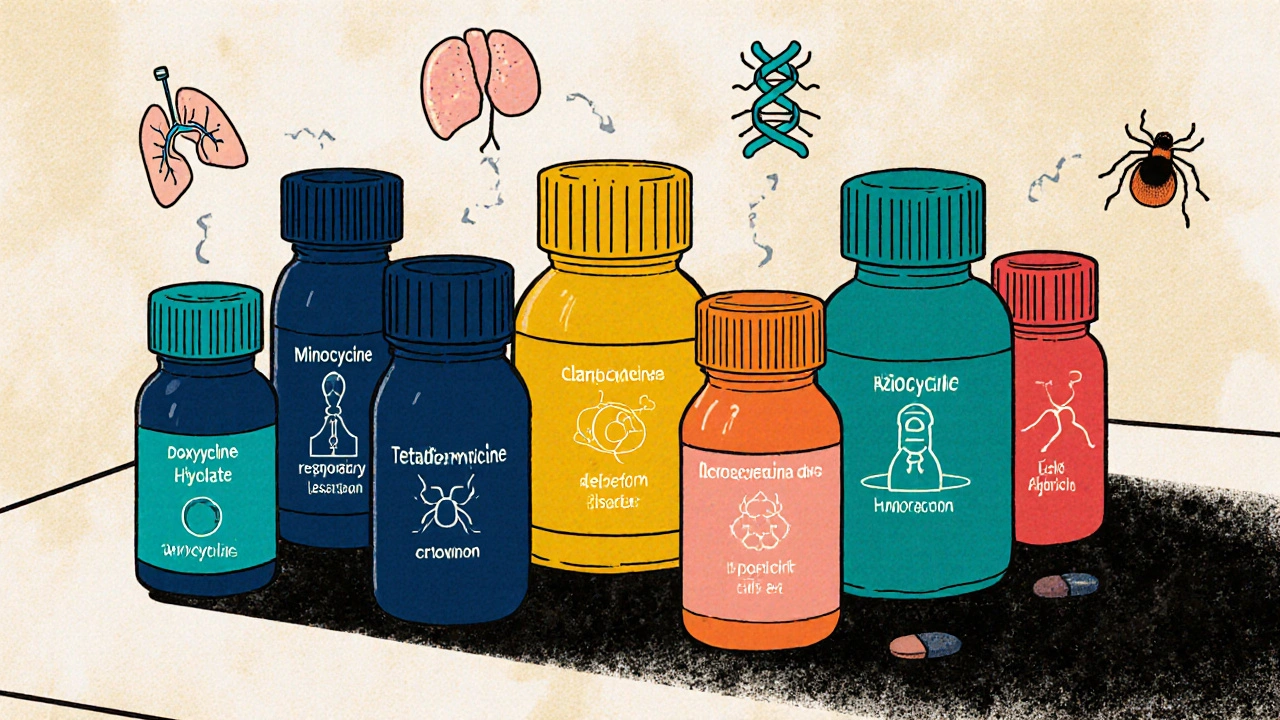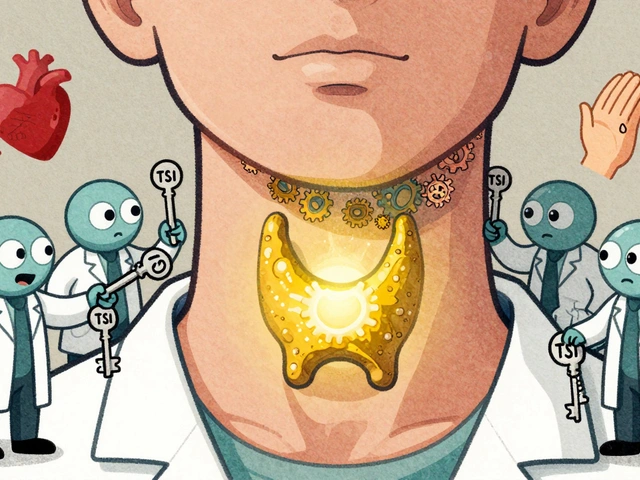Tetracycline Class: Antibiotics, Uses, Side Effects, and Alternatives
When you hear tetracycline class, a group of broad-spectrum antibiotics first developed in the 1940s that inhibit bacterial protein synthesis. Also known as polyketide antibiotics, these drugs have been used for decades to treat everything from acne to Lyme disease. They’re not new, but they’re still in use because they work against a wide range of bacteria — including ones that other antibiotics struggle with.
Drugs in the tetracycline class include doxycycline, a modern, widely prescribed member of the group often used for respiratory infections and tick-borne illnesses, minocycline, known for better skin penetration and common use in acne treatment, and the original tetracycline, the first of its kind, now rarely used due to more side effects and lower absorption. These aren’t just names on a label — they’re tools doctors reach for when they need something that hits multiple bacteria at once. But here’s the catch: overuse has led to resistance. Many strains of bacteria now shrug off tetracyclines like they’re nothing. That’s why these drugs are no longer first-line for everything. They’re used smarter now — targeted, not tossed around.
What makes the tetracycline class unique isn’t just how they kill bacteria — it’s what they can’t do. They don’t work well against viruses, and they’re not safe for kids under 8 or pregnant women because they can stain developing teeth and affect bone growth. That’s why you’ll see them in adult acne treatments, not in pediatric ear infections. They’re also not great for people with kidney problems, since they’re cleared through the kidneys. If you’ve been prescribed one, it’s likely because your doctor weighed the risks and still picked it because other options failed or weren’t right for your case.
Alternatives to the tetracycline class exist, but they’re not always better. Macrolides like azithromycin might work for some infections, but they’re weaker against certain skin and respiratory bugs. Fluoroquinolones like ciprofloxacin are stronger, but carry their own risks — tendon damage, nerve issues, and heart problems. That’s why tetracyclines still hang around: they’re affordable, effective for specific uses, and have a long safety track record when used correctly.
What you’ll find in the articles below isn’t just a list of drugs. It’s real-world guidance on when these antibiotics make sense, how to avoid common mistakes, what side effects to watch for, and which alternatives might be safer or more effective for your situation. You’ll see how they compare to other classes, how resistance changes prescribing habits, and how patients actually use them day to day. No fluff. No hype. Just what you need to understand if you’ve been prescribed one — or are wondering why your doctor chose it over something newer.










